Darwin Comes to Town by Menno Schilthuizen (copyright 2018) is a book that many regular readers of this website will find particularly apropos. We all share a unique interest in learning more about urban wildlife, and this book does a wonderful job of pulling back the curtain to reveal aspects of the relationship between people and nature that few of us are tuned in to. For many of us, our interest in urban wildlife more typically centers around things like species counts or how wildlife adapts and thrives in urban habitats, but Darwin Comes to Town goes a bit further and explores ways in which urban development may be driving and otherwise influencing evolution.
In this book, Menno Schilthuizen presents the relatively new idea of recognizing urban development as a legitimate and thriving ecosystem–something that should be considered integral with nature and not external to it. At one point in the book, Schilthuizen quotes from a researcher who describes her work as being, “rooted in the idea that humans are fully a part of nature.” She goes on to lament that many sciences continue to regard humankind as somehow separate from ecological systems. The author seems to endorse both of these points as well.
Schilthuizen continues by examining the possibility that urbanization is not only motivating wildlife to adapt behaviorally, but that it is actually prompting quantifiable and documentable evolutionary change. In support of this idea, the author presents case studies–via observations and anecdotes drawn from cities all around the globe–for what he refers to as HIREC: Human Induced Rapid Evolutionary Change. Here he takes a moment to remind us that nature is not, and should not be expected to be static and immutable, and he makes the point that change in nature is not necessarily a bad thing, regardless of what is motivating it.
Schilthuizen sets the stage by describing humankind as nature’s ultimate ecosystem engineer. In one of the book’s early chapters, the author provides a link to an interesting website to help illustrate the case he is making. The Welikia Project models New York’s Manhattan Island (and the surrounding boroughs)–complete with interactive maps–showing what it was like 400 years ago, just before the arrival of the first Europeans. The difference between the largely pristine wilderness and what is now one of the most urbanized areas on the globe couldn’t be more stark. In his book, Schilthuizen could only provide a text link to the project, but I can go a bit further here and share an actual hyperlink. I encourage you to check it out…
THE WELIKIA PROJECT – An Interactive Map of the Great New York City Area Circa 1409
Schilthuizen then grounds his premise supporting the idea of HIREC by revisiting the case of the Pepper Moth in nineteenth century Manchester at the dawn of the industrial revolution. The story of this mostly lightly colored species of moth, over the course of only a few generations morphing into a dark gray color in response to the industrial soot covering much of the greater Manchester area, is perhaps one the most iconic and well know examples of evolution in action (and even further, human induced evolution). It’s a textbook case, and one that most of us already have exposure to through our secondary school biology classes.
Schilthuizen goes on the present many additional stories of urbanization driven evolution through twenty breezy and easy to read chapters. He shares anecdotes and scientific works as varied a discussion about Culex molestus (the London Underground Mosquito), which appears to have evolved to fill a distinctly human created niche–the subway system under London, to a study documenting the genetic isolation of southern California Bobcats enforced by a landscape of criss-crossing of major thoroughfares. The author cites example after example of evolutionary changes influenced by–or even driven by–urban development and other human activities.
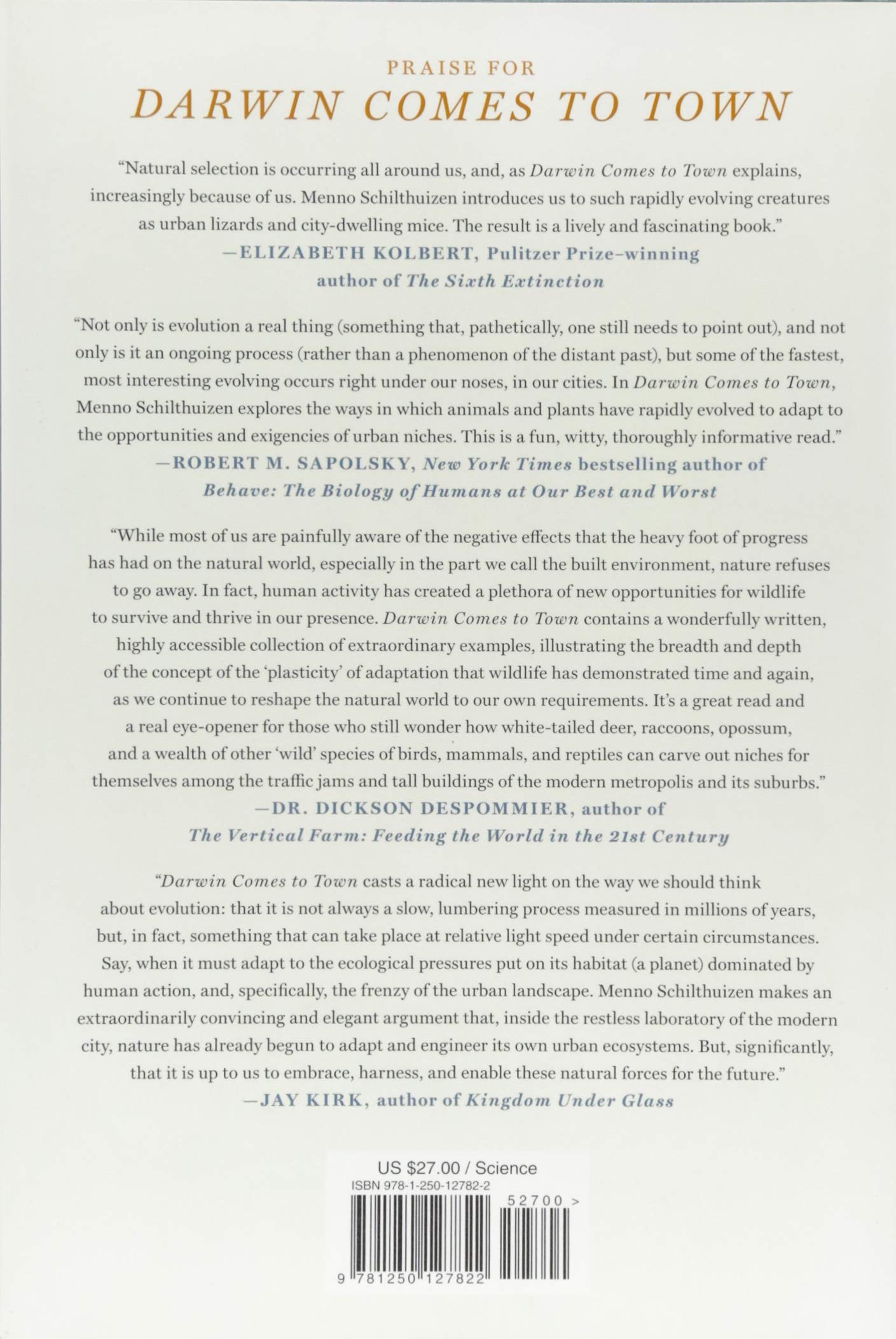
Click to Enlarge
Darwin Comes to Town introduces a number of important concepts to help support its narrative. Ideas such a pre-adaptation–the notion that certain adaptations to specific non-urban environments can be leveraged for advantage by pioneering species in analog urban settings. Schilthuizen cites the example of the common House Sparrow (Passer domesticus)–a species originally of the woodland thicket, and now decidedly urbanized–foraging successfully among the manmade brambles created by a jumble of parked bicycles racked up outside a Dutch railway station.
Most evolutionary changes explored in this book are behavioral and not morphological–things like intelligence, mating strategies, human proximity tolerance, vocalization volume and frequency. In light of this, the author gently reminds us of the importance of guarding against mistaking adaptive learning for evolutionary change. The difference between the two can be subtle and challenging to detect.
But not all examples illustrate only behavioral evolution. Schilthuizen makes the case for actual speciation in stories like the one he related about Eurasian Blackbirds (Turdus merula). These, once exclusively forest dwelling birds, now forego their annual migration to the south and instead remain to breed in cities all across Europe.
And in another example of HIREC–this time working in opposition to specialization driven by novel environments and isolation in nature–Schilthuizen relates the story of how urbanization in the Galapagos Islands is suspected in the undoing of some of the species-unique adaptations of the various Darwin finches.
Thanks to their tameness (a characteristic shared by many island animals), it is no skin off their famed Darwinian noses to land on table and feast on the morsels left by diners. And that–oh, the irony!–is beginning to undo the inchoate speciation process. Since the 1970s, the division between large and small-beaked Darwin’s finches has begun to disappear in Puerto Ayora.
Darwin Comes to Town by Menno Schilthuizen – Page 215
For those who are predisposed to think of humankind as universally noxious to the natural world, it might be worthwhile to allow for a more nuanced understanding. The reconfiguring of the planet to better suit the needs of humans is most probably inexorable. Like it or not, for better or for worse, it will almost certainly continue. There is no doubt that people can be extremely hard on the environment, but we have also demonstrated the ability to be good and competent stewards. It is always to our benefit to care for the things we value, and when the costs of proper stewardship can be afforded, people are more likely to invest in it. Prosperous humans surround themselves with abundance–food, water, structures, parks–and adaptable organisms have figured out how to leverage that cornucopia to their advantage. People who have their basic needs met also tend to be more tolerant of wildlife, and its occasional impositions. There are examples to be found everywhere you look, once you become open to seeing them. In that sense, this book might be just the primer needed to help see the situation from a new–and possibly less jaundiced–perspective.
Although Darwin Comes to Town offers many insightful and thought provoking ideas to consider, not every point Schilthuizen puts forward in his book followed in my way of thinking. These relatively few and minor hiccups are areas for additional reflection, I suppose. Maybe there is an aspect to his arguments that I am not seeing clearly just yet. One example that comes to mind is Schilthuizen’s assertion that urban wildlife corridors may be detrimental to some isolated gene pools as he relates in the quote below…
Whether corridors are always a good thing in the evolving urban ecosystem is another matter. Think of those white-footed mice from New York, each clan adapted to the specific demands of the park that it found itself isolated in. To them, it may actually be a good thing to be trapped in their own park and not be blended all the time with poorly adapted mice from other parks.
Darwin Comes to Town by Menno Schilthuizen – Page 237
I’m inclined to see genetic isolation of any kind as generally undesirable in the long run. My expectation would be that whatever selective pressures are present in a given location will continue to do their work even with the introduction of new genes–so long as a reasonable advantage is still gained by that selection process. The selective influences would still favor the existing gene pool–and if they did not, that would certainly be due to the adaptive advantage found in any overriding traits. In the meanwhile, fresh genetics can help guard against things like inbreeding and disease. I see genetic isolation as one of the chief challenges faced by urban wildlife, and the trend towards the adoption of urban greenbelts along with general openness to some level of re-wilding are positions I’m inclined to support.
But to be clear, none of the small misalignments in this book take away from what is otherwise a completely enjoyable and informative read. So, now let’s get down to the brass tacks and compile a score based on the following rating criteria…
- Accessible, Enjoyable Read – This book was a pleasure to read and is very accessible to the layman reader. SCORE: FULL STAR
- Informative, Relevant, Insightful – The book is very informative and has moments of important insight. SCORE: FULL STAR
- Read Again, Add to Personal Library – I will definitely read this book again someday, and I will be adding it to my personal library. SCORE: FULL STAR
- Availability, Price Point – The book is available digitally, as an audiobook, and as a paperback. All editions can be purchased for less than $20 at Amazon and other major retailers. Hardcover copies are still available from some retailers at varying prices. SCORE: FULL STAR
- Recommend – This is an easy book to recommend to anyone who has an interest in nature. It is especially recommended for regular readers of this website. SCORE: FULL STAR
RATING: Five out of Five Stars

SEE ALSO – Squirrels, Rabbits, and Evolution


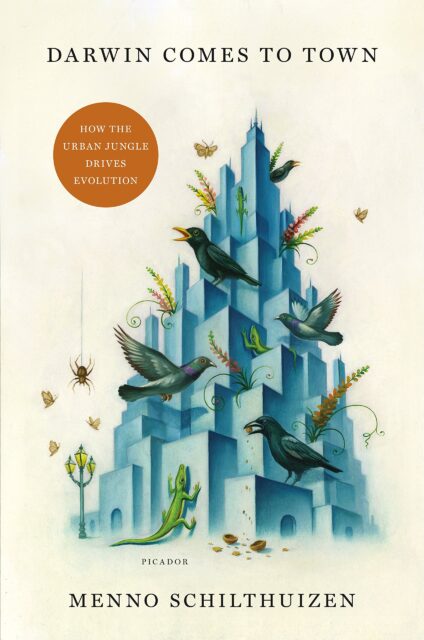


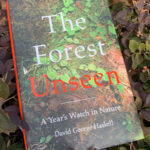
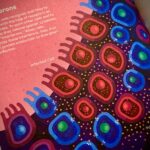
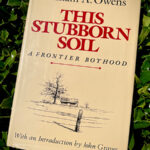
Chris, an excellent review. I am very glad that you enjoyed this book that I recommended to you when I visited in Dallas last winter. I found it fascinating, and were I still teaching, I am sure my students would also. I noted some of the same points that you did, and especially the one regarding perceived benefits of wildlife corridors in urban settings. I think the author’s point was that communication across populations dilutes specialization that might be a part of local adaptation, while isolation promotes that specialization. In an urban park of one square mile, a white footed mouse (or similar sized mammal) might have a population of a few hundred individuals. That is certainly large enough to obviate any genetic problems that inbreeding might create. But my prediliction, like yours, is in favor of larger and more connected natural areas.